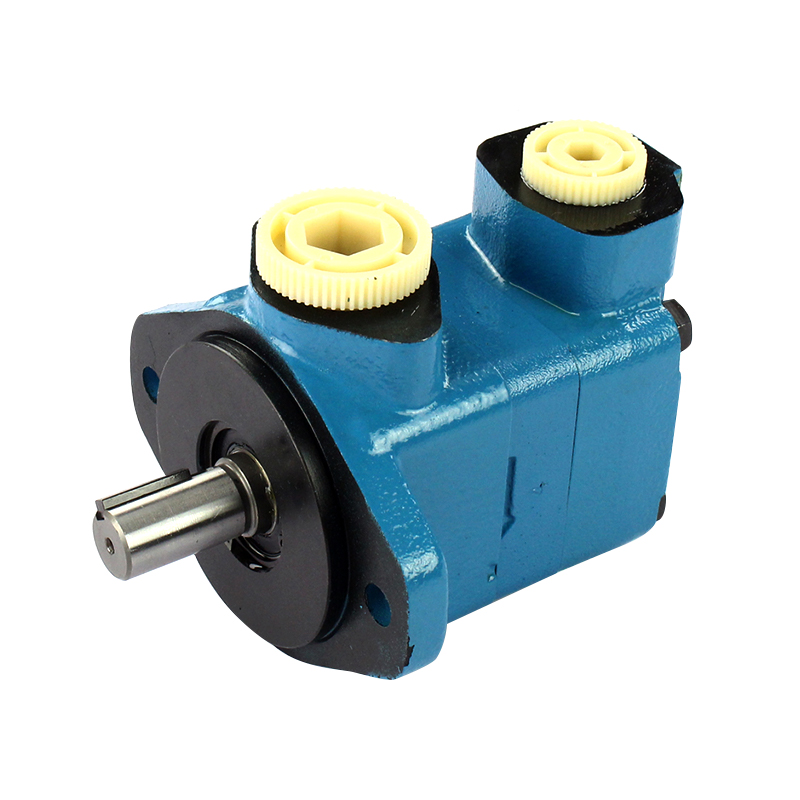The steering pump is an essential component of a vehicle’s power steering system, responsible for providing hydraulic pressure that assists in turning the wheels. Without a functioning steering pump, steering becomes heavy, difficult, and potentially unsafe. When problems occur, many vehicle owners wonder: “Is it difficult to repair a steering pump?”
1. Understanding the Steering Pump
Before discussing repair difficulty, it’s important to understand what a steering pump does. A power steering pump works by circulating hydraulic fluid from the reservoir through the steering system, generating the pressure needed to assist the driver in turning the wheels. Key components of a typical steering pump include:
Pump housing: The outer casing that contains internal components.
Rotor and vanes: Create hydraulic pressure as they spin.
Pressure relief valve: Prevents excessive pressure build-up.
Shaft and pulley: Connects the pump to the engine via a belt.
Knowing how these parts function helps to understand why repairs can range from simple to complex.
2. Common Steering Pump Problems
Several issues can affect the performance of a steering pump, including:
Fluid leaks: Leaks from seals, gaskets, or hoses are common and may require replacing specific components.
Noisy operation: Whining or groaning sounds often indicate low fluid, air in the system, or worn internal parts.
Stiff steering: Difficulty in turning the wheels can result from low hydraulic pressure due to a failing pump.
Contaminated fluid: Dirt or metal particles in the fluid can damage internal components over time.
The nature and severity of the problem directly affect the complexity of repair.
3. Factors Affecting Repair Difficulty
Repairing a steering pump is not always straightforward. Several factors determine whether the job is simple or challenging:
a. Type of Steering Pump
Different vehicles use different types of steering pumps:
Integral (or vane) pumps: Common in many passenger cars; these can be repaired by replacing worn internal parts, but require careful disassembly.
Rack-and-pinion systems: Some modern cars integrate the pump with the steering rack, making replacement more complex and sometimes requiring full assembly replacement.
b. Accessibility
The location of the steering pump under the hood can significantly affect repair difficulty. In some vehicles, the pump is easily accessible, while in others it is buried behind other engine components, requiring partial engine removal.
c. Availability of Parts
Older vehicles may have limited availability of replacement components, making repairs harder or more expensive. For modern vehicles, OEM (Original Equipment Manufacturer) parts are often required for proper operation.
d. Required Tools and Skills
Repairing a steering pump often requires specialized tools, such as pulley pullers, torque wrenches, and hydraulic fluid bleed kits. Additionally, mechanical skills are necessary to disassemble, inspect, and reassemble the pump without causing damage.
4. DIY vs. Professional Repair
Whether repairing a steering pump yourself is feasible depends on your experience and comfort level with automotive repair:
DIY Repairs: Small issues, such as replacing seals or hoses, can sometimes be handled at home by experienced enthusiasts. However, internal component replacement often requires technical knowledge.
Professional Service: Many car owners choose professional repair or replacement because mechanics have the proper tools, experience, and access to OEM parts. Professional repairs also ensure that the hydraulic system is correctly bled and free of air, which is critical for safe operation.
5. Replacement vs. Repair
In some cases, replacement may be simpler than repair:
Cost-effectiveness: New or remanufactured steering pumps are often available at reasonable prices, making replacement a more practical option.
Reliability: A new pump reduces the risk of recurring problems compared to repairing worn internal components.
Time-saving: Replacing a pump can be faster than disassembling and repairing it, especially for complex systems.
6. Maintenance Tips to Avoid Repairs
Preventing steering pump problems is easier than repairing them. Regular maintenance can prolong the life of the pump and reduce the risk of difficult repairs:
Check fluid levels: Low hydraulic fluid can cause pump damage.
Use the correct fluid: Always use the type recommended by the vehicle manufacturer.
Inspect hoses and seals: Early detection of leaks prevents more serious internal damage.
Flush the system periodically: Removing contaminants keeps the pump operating smoothly.
Repairing a steering pump can range from relatively simple to highly complex, depending on factors such as the type of pump, accessibility, availability of parts, and the skill level of the person performing the repair. Minor issues like replacing seals or hoses may be manageable for experienced DIYers, but internal repairs or full assembly replacements are best handled by professionals.
In many cases, replacement is a practical and reliable solution, providing improved performance, longer life, and peace of mind. Regular maintenance, including checking fluid levels and keeping the system clean, can help avoid steering pump problems and reduce the likelihood of difficult repairs.
Ultimately, while a steering pump repair can be challenging, understanding the system, recognizing early warning signs, and knowing when to seek professional help ensures safe and effective vehicle operation. By taking care of your power steering system, you can enjoy smoother, easier steering and avoid unexpected repair challenges.


 English
English русский
русский Español
Español عربى
عربى

